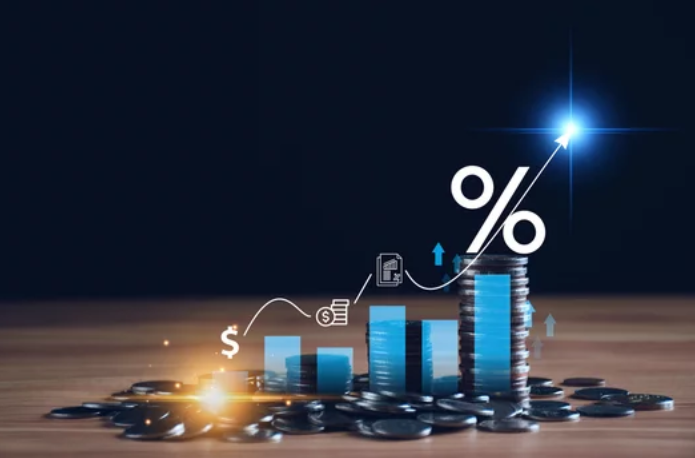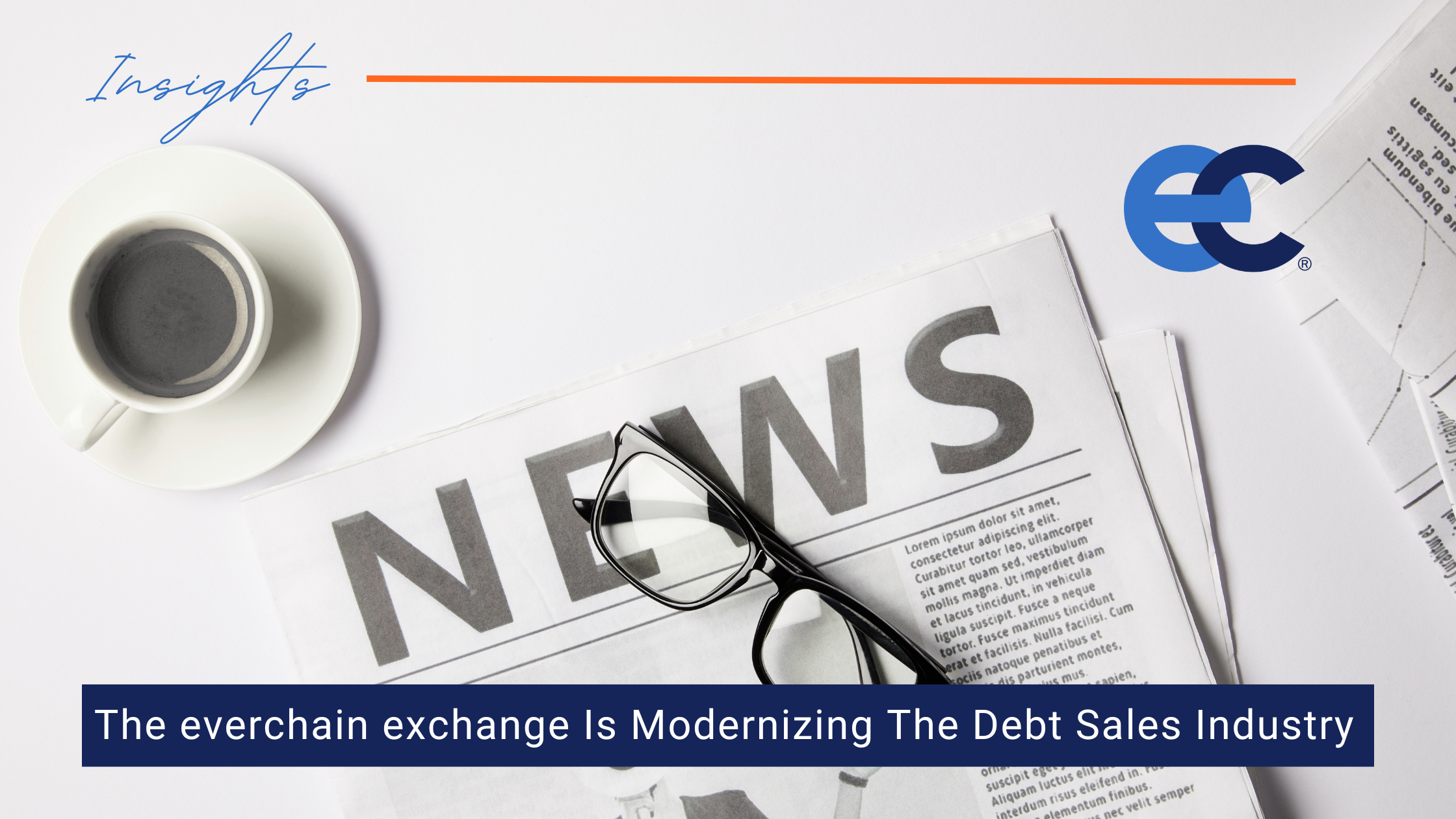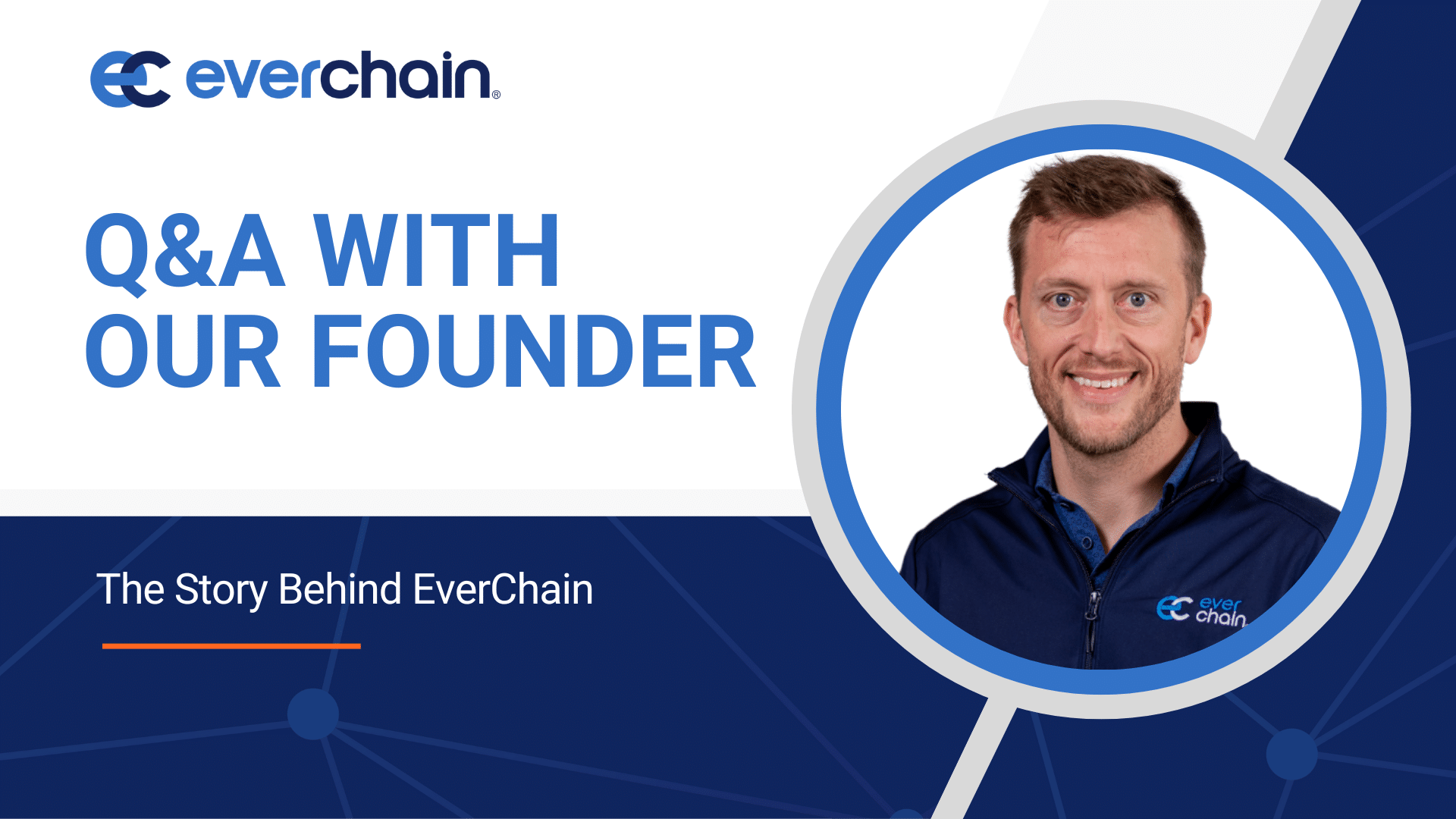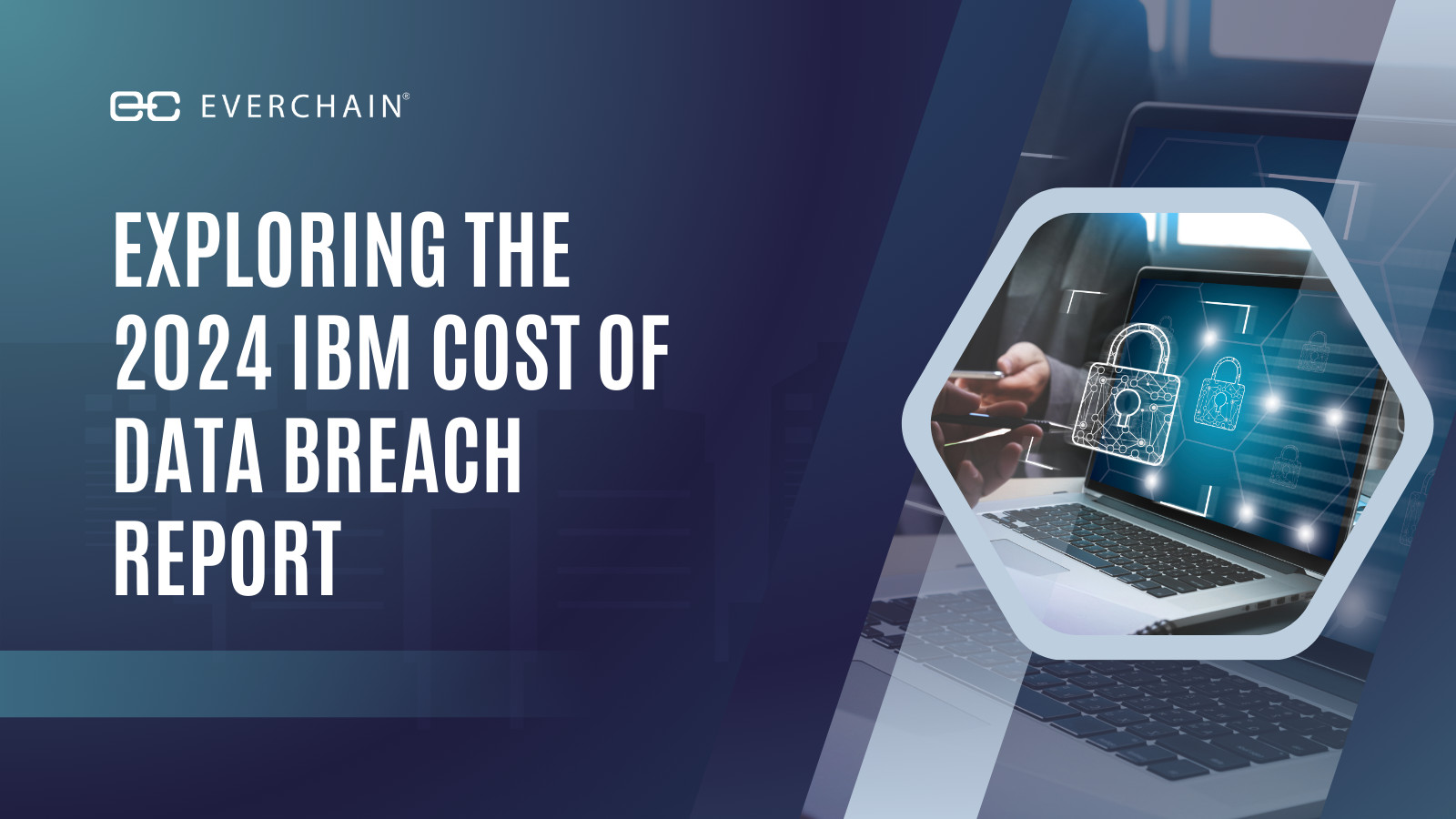Recovery options for creditors
If you are like most consumer lenders, you know a portion of your loan portfolio will default. As a creditor, there are three recovery options you can do when a customer fails to pay their debt:
- Collect: Attempt to collect internally or Assign to a law firm or third-party collection agency
- Sell: Sell the defaulted account and add revenue to your financial bottom line
- Nothing: Consider it a cost of doing business and write off the loss.
Let’s explore each recovery option to help find the best solution for you.
COLLECT / ASSIGN
After a customer defaults, a lender may start the collection process internally using their recovery team. Most creditors do some type of in-house collections as a first step. They maintain control of the account and therefore mitigate risk associated with third parties reaching out to their defaulted customers. Internal collections have a cost associated with it – the cost of the time, people, expertise, technology, and resources used to collect the account all need to be taken into consideration.
Some lenders may choose to assign the debt to a law firm or third-party agency to collect or litigate. There are many law firms that specialize in litigating collections cases, and some even own their own collections agencies. Litigation is costly and makes the most sense for high-balance defaults. It is also a lengthy, time and resource-consuming process for creditors and consumers alike and can leave a bad taste for all involved. If assigned to a third party, there will likely be a flat or contingency fee assessed as well as the cost of compliance oversight of the vendors. Not to mention the time it takes to collect the funds, most likely over months or years, and the potential risk to your brand reputation.
SELL
By selling defaulted accounts, the creditor can immediately recognize liquidity and return those funds to issuing new loans. They can still write the loan off and realize a benefit from the sale, effectively adding profit dollars to their bottom line while mitigating the risks associated with collecting or suing the accounts. This model is quite efficient because the experts in recovery collect while you focus on your core strength – lending.
NOTHING
Some lenders don’t do anything with their defaulted accounts. They hold on to them in what’s called a warehouse and consider it a cost of doing business. They will write off the loss on their books and never lend to those consumers again. This practice eliminates risk from non-compliant collection practices, but it also leaves a lot of money on the table. It also lets other consumers know that they don’t have to pay you, which is a recipe for disaster, especially in today’s connected environment.
WHICH IS BEST?
Now that you understand the three options for handling consumer defaults, which option makes the most sense for your charge-offs? Do you want to mitigate risk or maximize return? Or are you looking to accomplish both?
At EverChain, we specialize in helping consumer creditors optimize their recovery options by including Debt Sales as part of their overall default strategy. We help lenders protect their bottom line and their brand reputation while taking advantage of the many benefits of debt sales.
Don’t leave money on the table.
Visit our website to read about how your peers are improving their recovery and customer experiences simultaneously.
To schedule your complimentary demonstration with one of our dynamic sales team click here or email us today!



